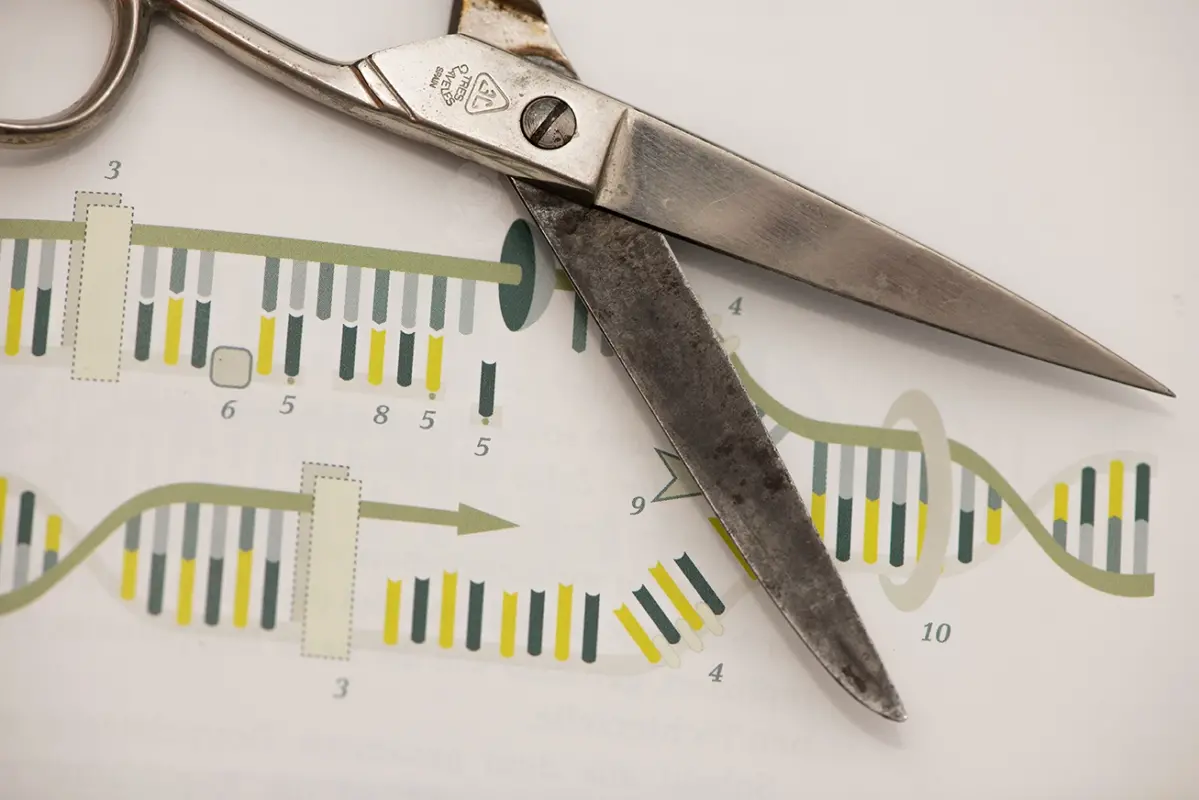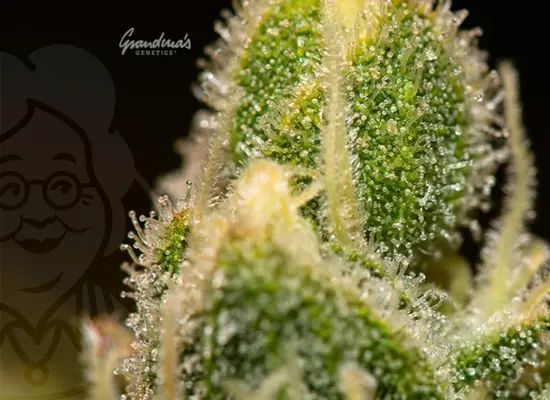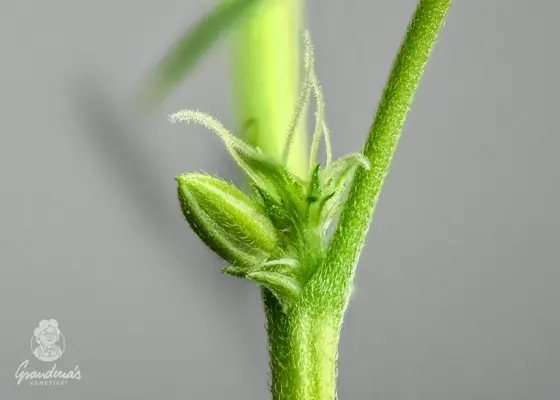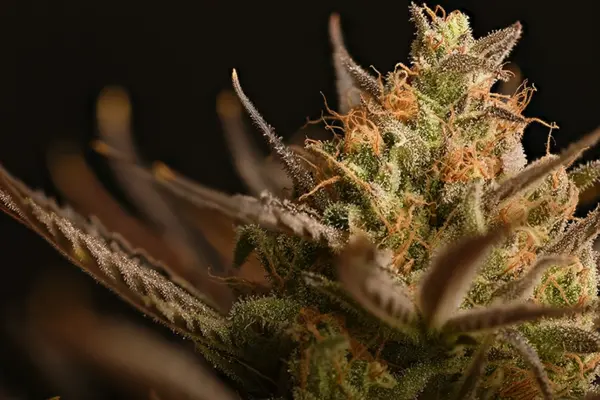Education & Information
CRISPR/Cas9 in Cannabis – The Future of Genetic Engineering
What is CRISPR?
CRISPR (Clustered Regularly Interspaced Short Palindromic Repeats) is an innovative biotechnology tool based on a natural safety function in bacteria. It uses a protein called Cas9 and a bound RNA (gRNA) with a 17-20 nucleotide sequence to recognize and cut specific segments of DNA. In biotechnology, CRISPR is used as genetic scissors to modify genes and create new functions.
How long has gene modification existed in animals and plants?
Gene modification in animals and plants is not a new technology. The first gene was inserted into a plant cell as early as the 1980s. Since then, the technology has evolved and it has become possible to specifically modify genes to achieve desired traits such as resistance to pests or higher yields.
How does CRISPR work in plants?
CRISPR/Cas9 can be used to selectively cut genes in plants to change specific traits. To do this, the CRISPR/Cas9 system is inserted into the plant cell, where it finds the desired gene and cuts it. A new gene can then be inserted to confer the desired trait. The modification is then transferred to the offspring.
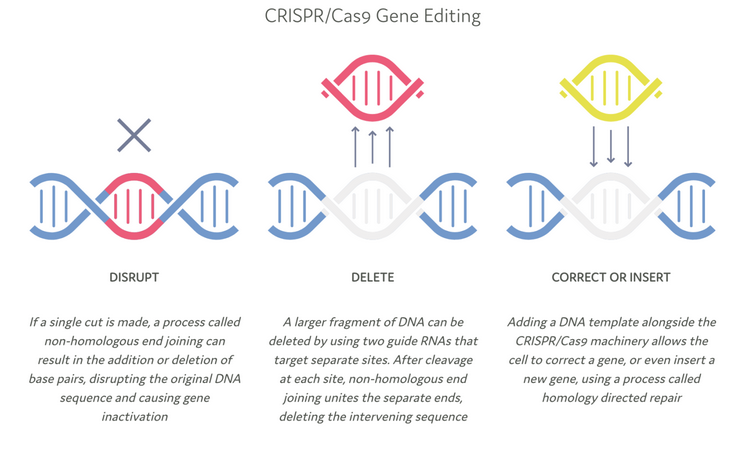
Source: Crisprtx.com
What companies are already working with CRISPR in the cannabis industry?
A number of companies working in the cannabis sector are already using CRISPR. These include:
- Ebbu: This company, acquired by Canopy Growth Corp. in 2018, was one of the first to use CRISPR to create single-cannabinoid strains.
- Sunrise Genetics: In 2018, Sunrise Genetics managed to decode the genome of cannabis.
- CanBreed: Since 2017, CanBreed, an Israeli genetic seed company, has been part of the cannabis industry. In 2020, it acquired a CRISPR/Cas9 patent, making it the first company to have a CRISPR license in the industry.
How can CRISPR help in terms of cannabis breeding/seeds?
- Increasing quality: CRISPR can be used to modify certain genes in cannabis plants to increase the concentration of THC or CBD, or to decrease undesirable traits such as odor.
- Increasing yields: By modifying genes responsible for plant growth and flowering, yields can be increased.
- Pest resistance: CRISPR can be used to add genes that make plants more resistant to pests and diseases.
- Improving growing conditions: CRISPR can be used to add genes that allow plants to better cope with adverse climate conditions such as drought or flooding.
- Standardizing seeds: CRISPR can be used to standardize seeds so that they have consistent traits, making them valuable for farming and growing cannabis plants.
In the cannabis industry, CRISPR thus offers great opportunities to improve the quality and efficiency of cultivation.
Whether the use of CRISPR is “ethically correct” is a matter of debate. But the fact is that the U.S. Department of Agriculture announced in 2018 that it would not regulate CRISPR-modified crops as long as the modifications were made with related plant DNA.
This announcement paved the way for further research and application of CRISPR in agriculture and plant breeding.
In summary, CRISPR/Cas9 is a powerful tool in biotechnology that allows scientists to target and modify genes to create new traits in plants and animals. This has the potential to revolutionize agriculture and plant breeding and improve livelihoods and food security worldwide.




